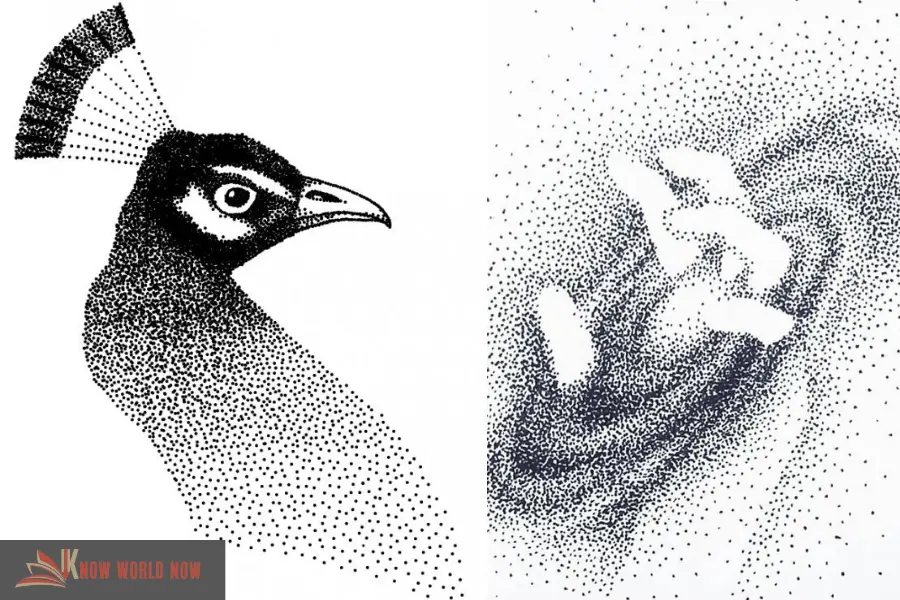Ideally, you should have at least 4 boards at home:
- for raw meat
- for fish
- for bread
- for fruits and vegetables
Different boards are not just a whim or marketing. Meat contains various microorganisms, which clearly do not belong in a salad. The fish has a specific smell, capable of spoiling other dishes. And the bread board should be perfectly dry, after which the crumbs can be shaken off and not wetted again.
Size. Professional chefs recommend choosing 38 x 50 cm cutting boards.
Both sides must be working. This will allow, if necessary, to turn the board over and use it on the other side. In some models, this possibility is not initially provided.
What are the types of cutting boards?
Wooden, silicone or plastic: which cutting board should you choose?
- Wooden
- Plastic
- Silicone
- Glass
Let’s get to know each of them in more detail, having studied the main pros and cons.
Wooden boards
Wooden boards were used by our ancestors, and despite the abundance of new materials, they have not lost their relevance. On the contrary, the tree is now in trend, because it is environmentally friendly, natural and aesthetically pleasing. But is it practical?

Boards are made from softwood and hardwood. It is better to consider the second option immediately, as it is more reliable. For example, from bamboo, oak, beech, ash and elm.
Advantages
- Durability
- Environmental friendliness
- Doesn’t dull the knife
- Does not absorb dyes and moisture
Disadvantages
- The cost is higher than plastic
- Must be protected from excessive moisture and heat
- Requires care – lubrication
- May deform
How to care for wooden boards?
Mold can form in the wood if the treatment with a special agent is neglected. All the ingredients for it can be purchased independently. You will need food grade mineral oil – like this one (linseed or vaseline, which is sold in a pharmacy) and beeswax. Pour the oil into a container and add wax there, proportion ¼. The composition is simple, but at the same time very effective, as it prevents the reproduction of harmful flora in the board. It is enough to carry out the procedure once a month.

Before processing the composition, it is required to allow the product to dry. After – the board can be safely washed with water, but then wiped dry with a towel. Then it will serve you for many years.
Plastic board
Plastic is also different – thin and thicker. The second option is more durable and is made of polypropylene, vinyl plastic, polyamide, polyethylene and other types of plastic.
Advantages
- Easy to wash
- Doesn’t dull the knife
- Wear resistant
- budget price
Disadvantages
- Cheap plastic can release toxins
- Not eco friendly
- Some types of plastic do not like high temperatures
Silicone board
A silicone board most often looks like a rug. Mistresses love to use it to manipulate the dough. However, durable and high-quality silicone is expensive. And cheap boards are torn like too much rolled out dough.
Advantages
- Can roll out the dough thinly
- Compact and lightweight
- Doesn’t absorb odors
Disadvantages
- Short-lived
- Dear, when it comes to good silicone
- Requires careful care
Glass board
Glass boards appeared relatively recently and attract precisely with their appearance. You can choose a board with any image that perfectly complements the kitchen interior.
Advantages
- Beautiful design
- Eco-friendly material
- Easy to care for
- Doesn’t absorb odors
Disadvantages
- Fragility
- Unpleasant sound when in contact with a knife
- Dulls a knife faster than other analogues
It is best to have several cutting boards in different materials at home that you will use to prepare different dishes. Or buy a ready-made set immediately, which will contain boards for meat, fish and vegetables. But, most often, such sets consist exclusively of plastic boards. They are the least of all troubles, because they do not need to be processed and wiped dry, but you cannot be 100% sure that they are safe either.


![10 Best Bags for Nurses | Personal Recommendation [2023] 4 Best Bags For Nurses Reviews in 2021](https://knowworldnow.com/wp-content/uploads/2022/12/Best-Bags-For-Nurses-Reviews-in-2021.webp)



![F95Zone Games - The Ultimate Guide for 2021 [F95Z Guide] 8 F95Zone Games](https://knowworldnow.com/wp-content/uploads/2021/07/ArTtW5LrK3b-z-0-y-637f48d86203817a9042a857.webp)